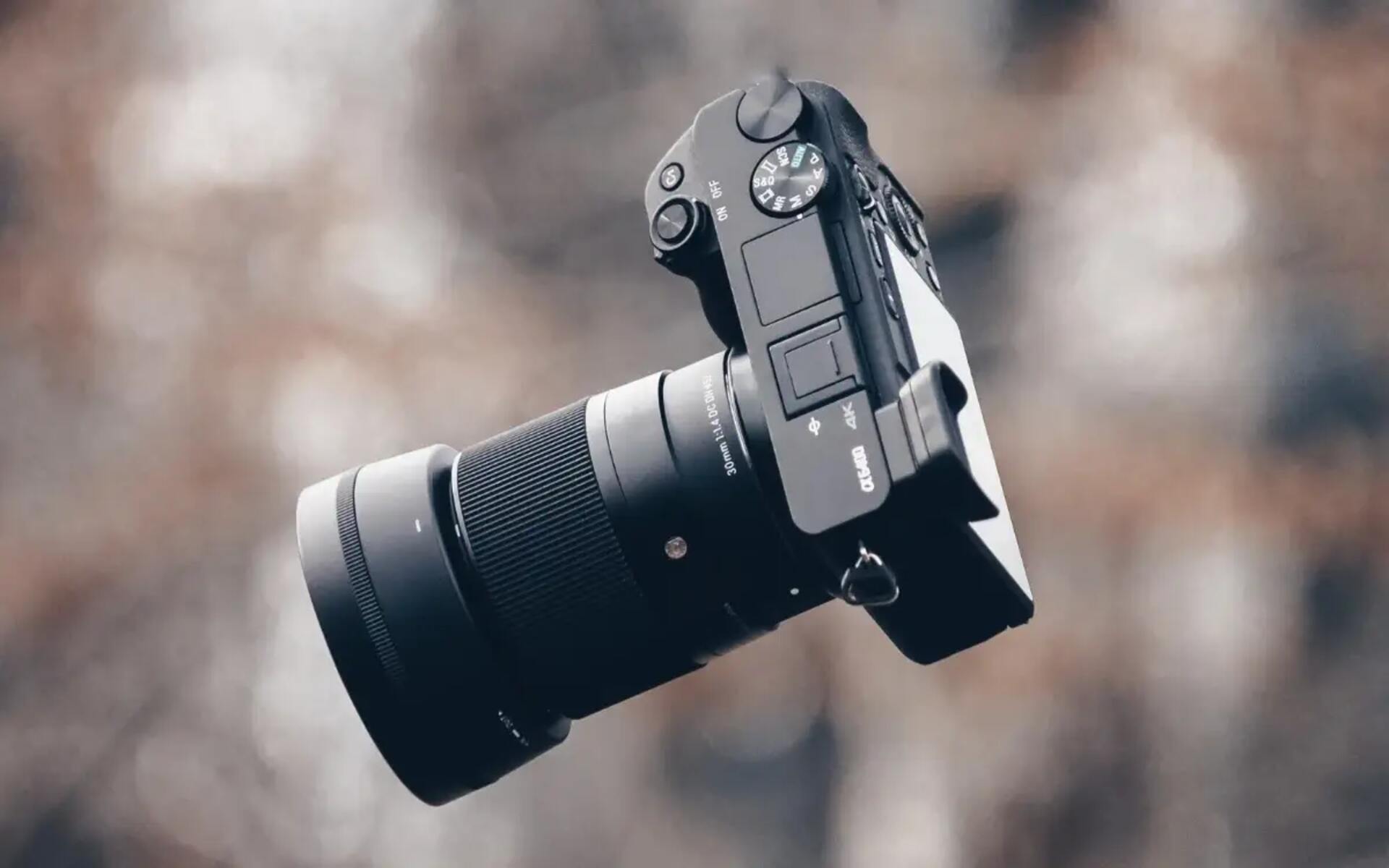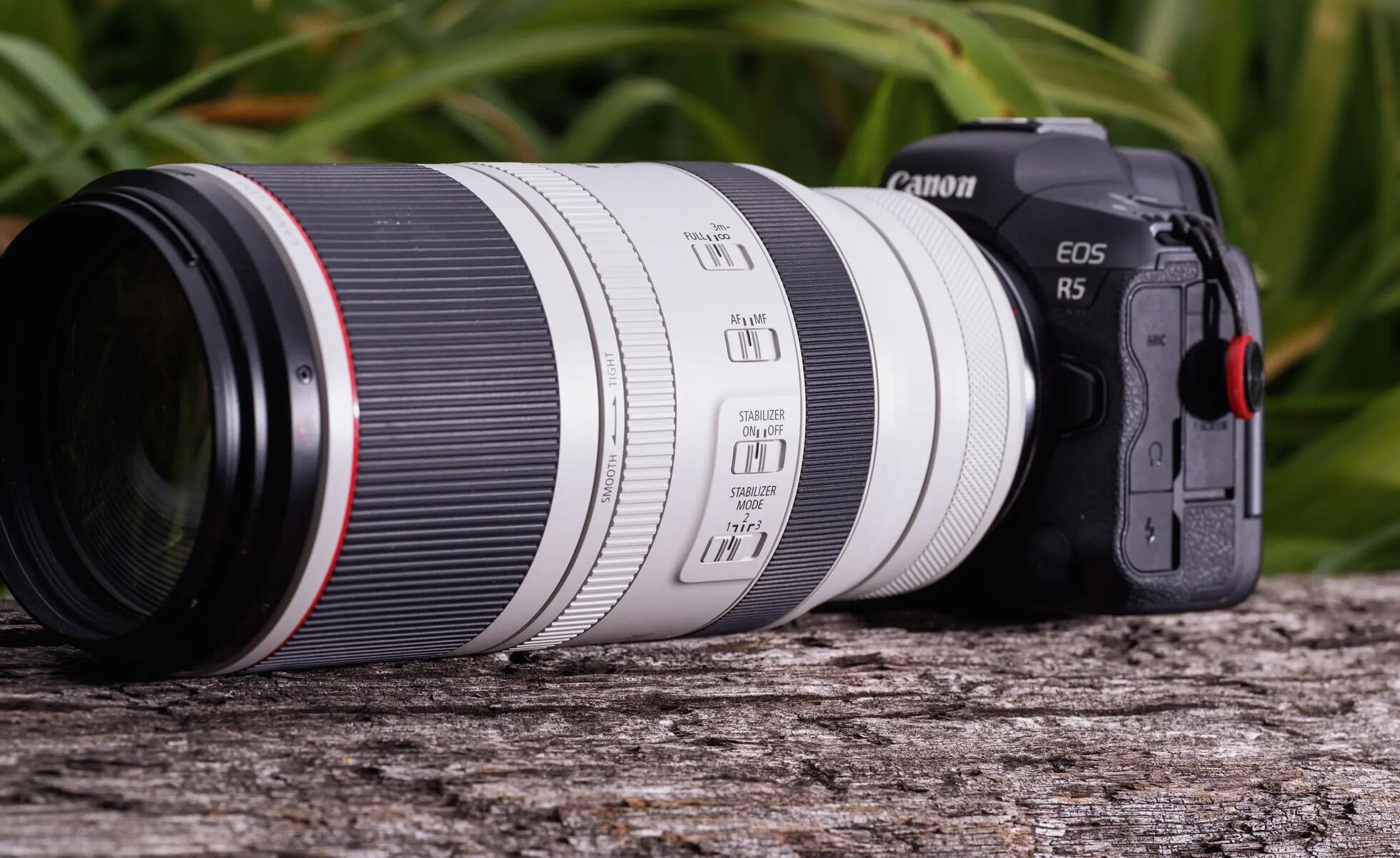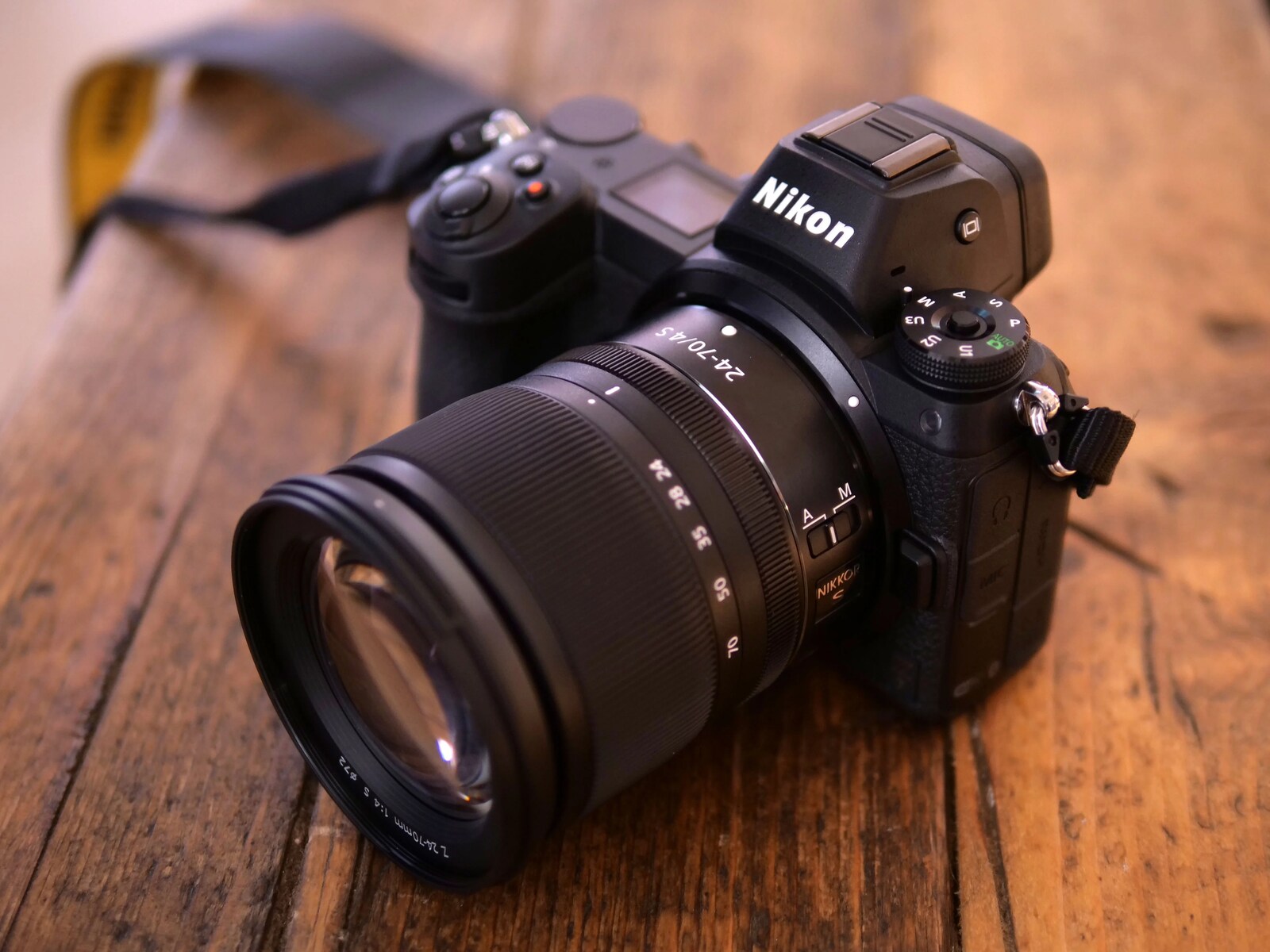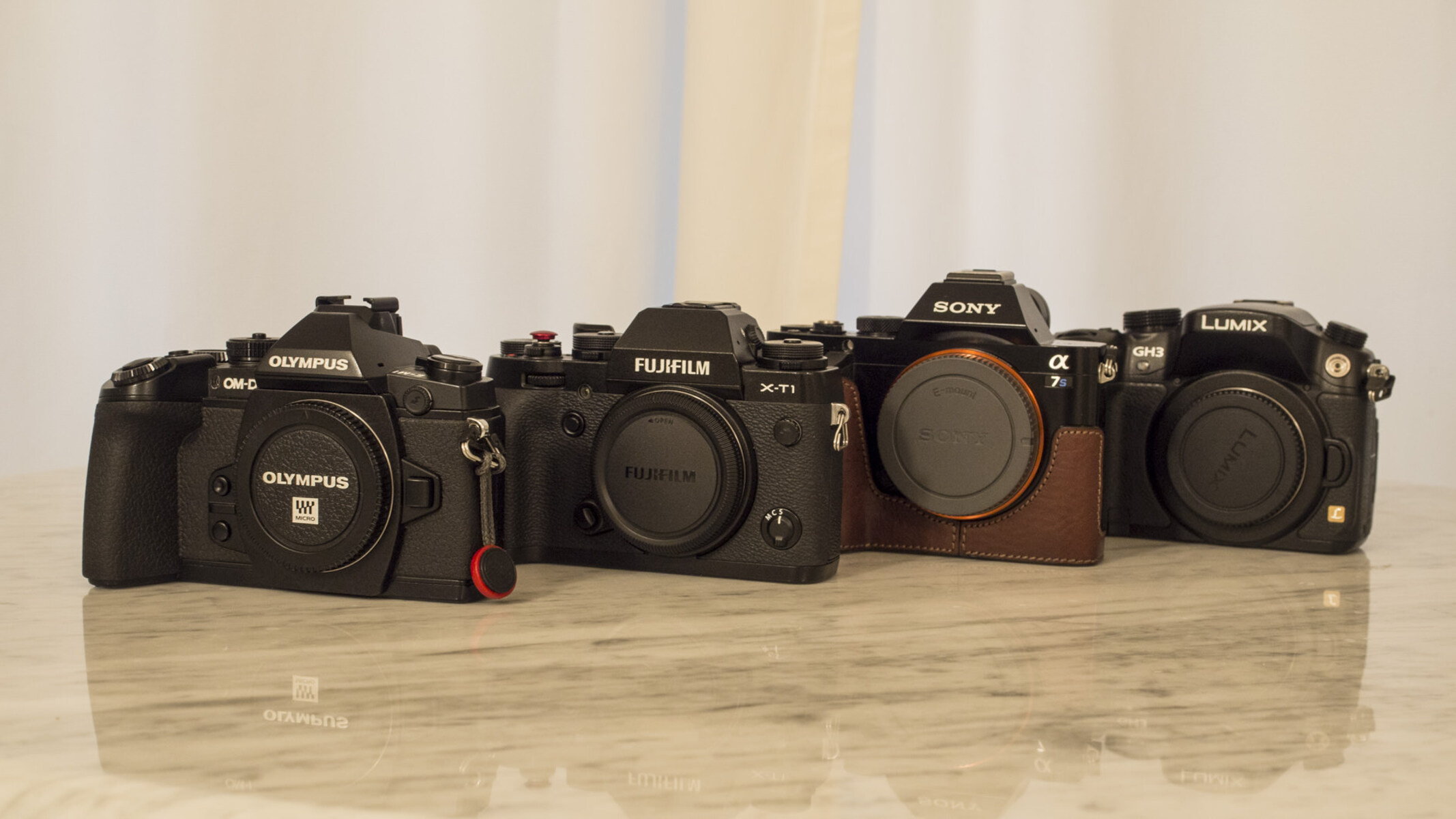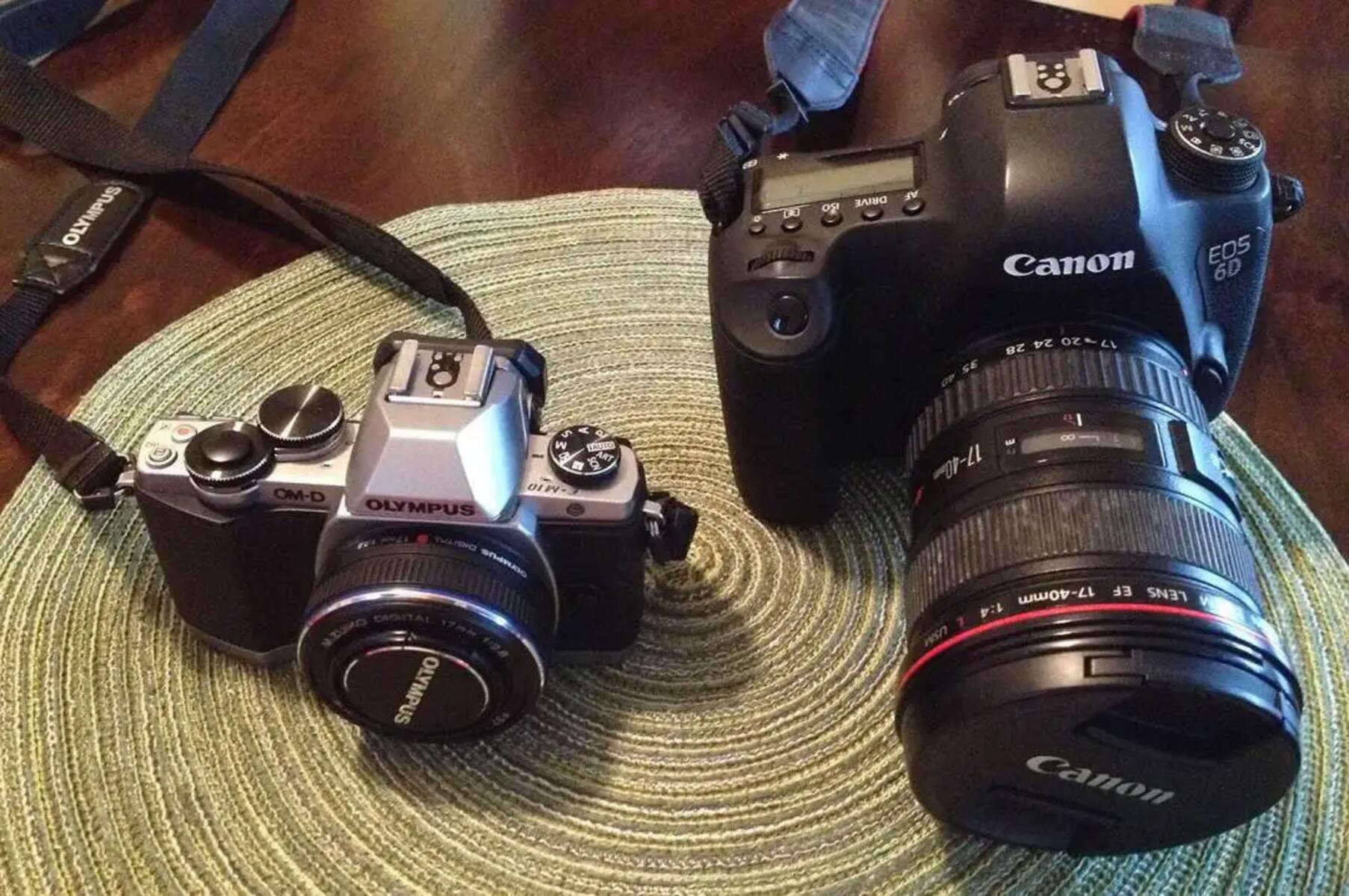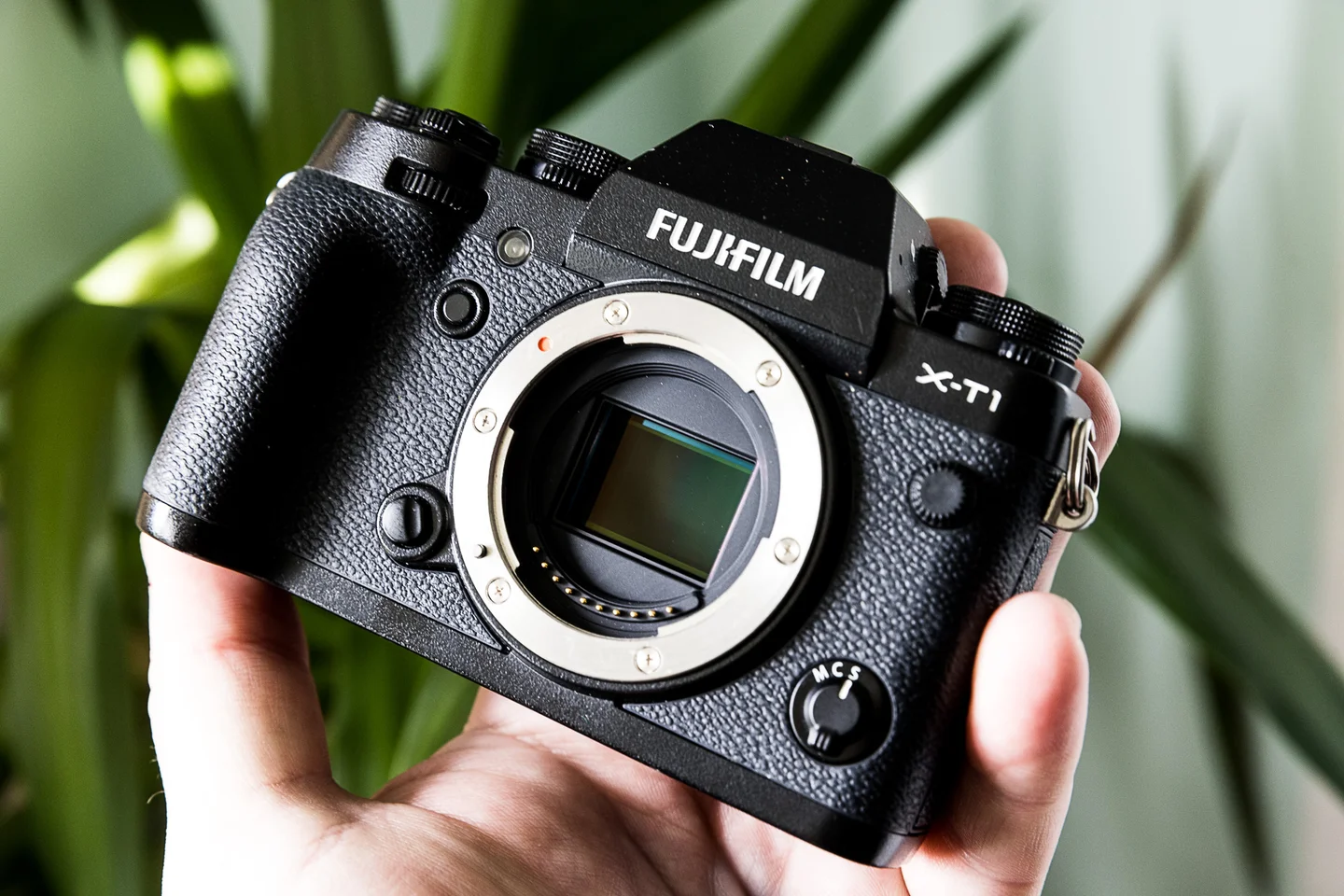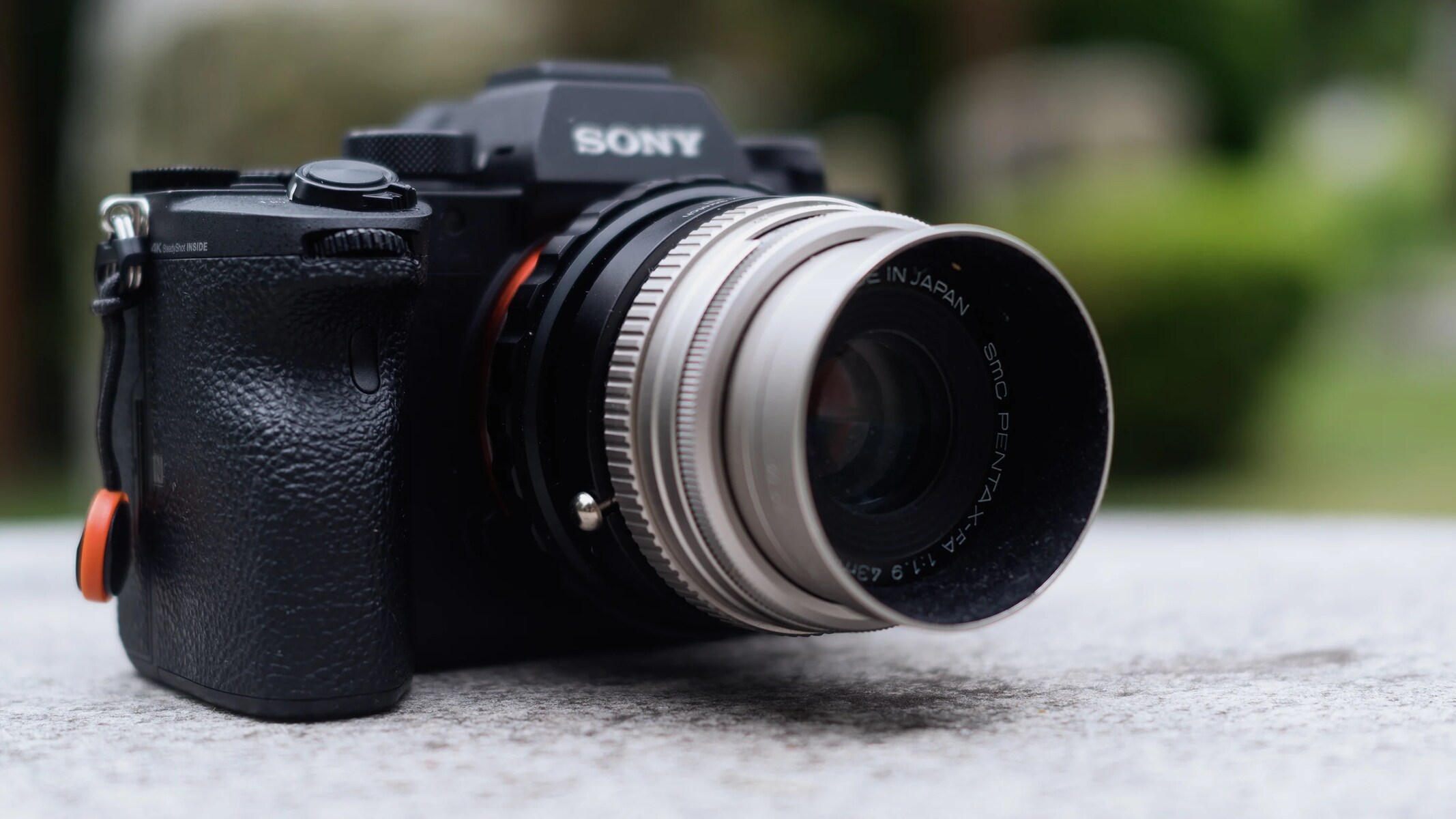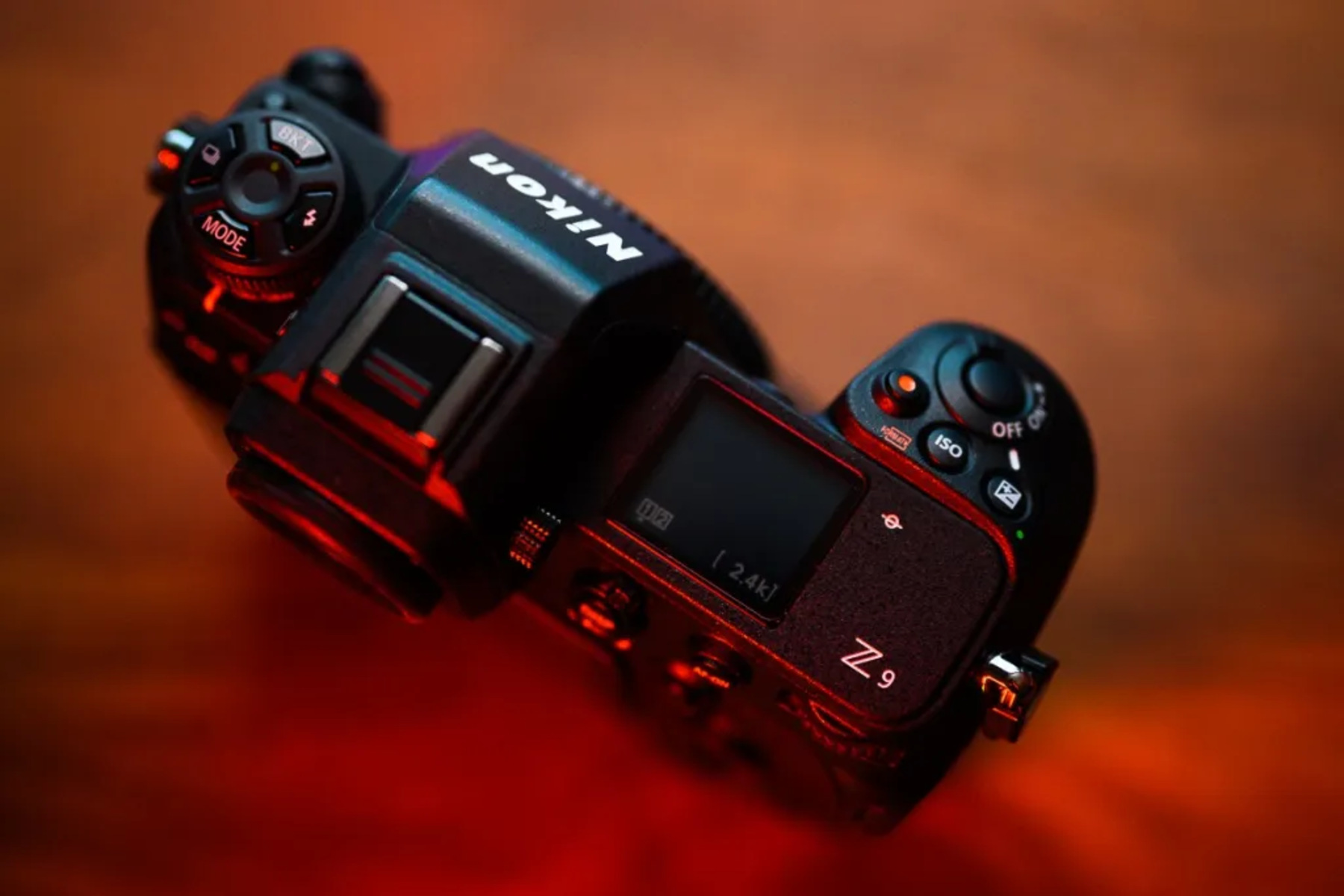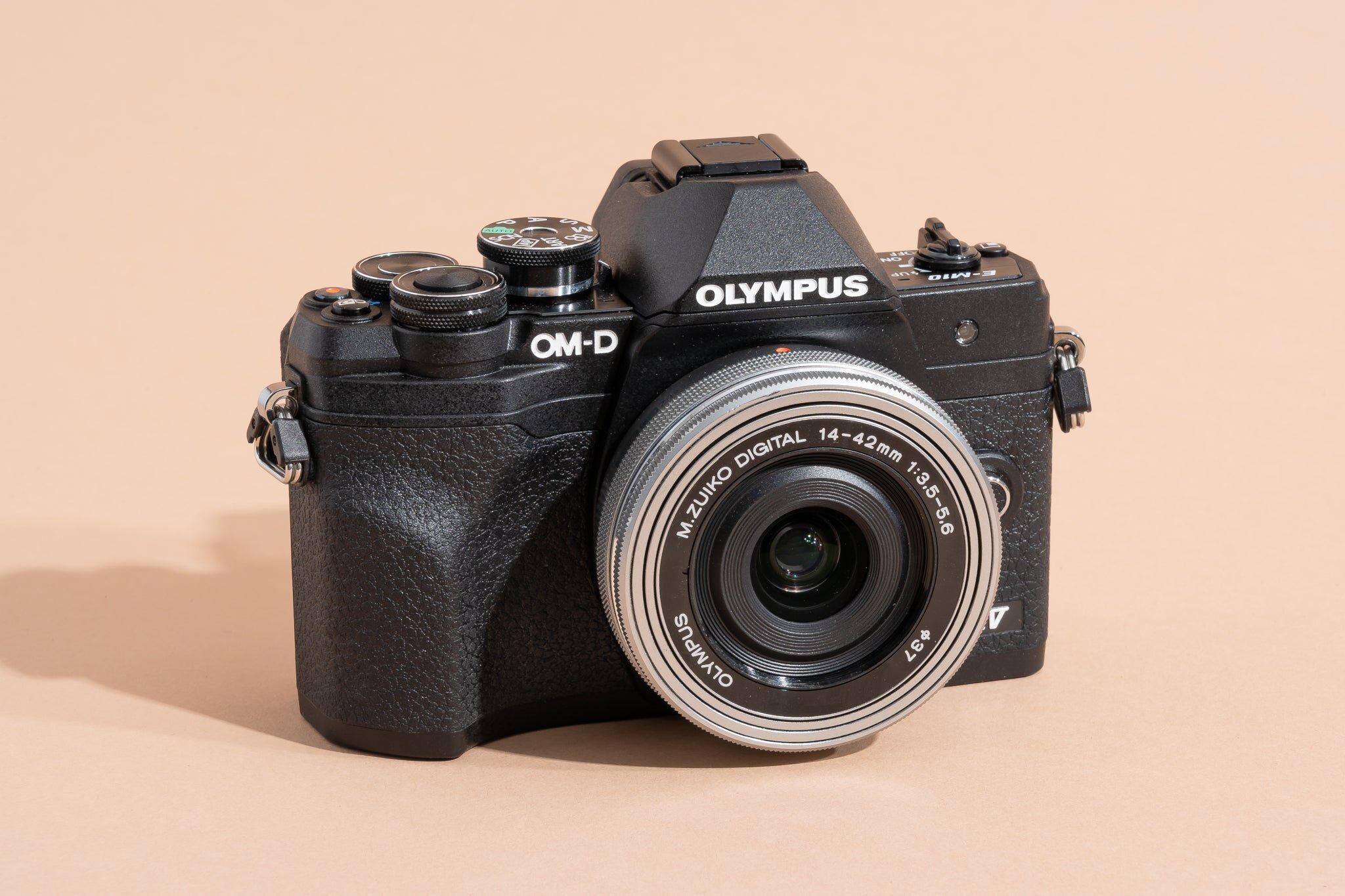Introduction
Introduction
When it comes to capturing stunning photographs with a mirrorless camera, selecting the right lenses is crucial. Whether you're a professional photographer or an avid enthusiast, understanding the different types of lenses available for mirrorless cameras can significantly impact the quality and versatility of your images. From prime lenses to zoom lenses, each type offers distinct advantages and is suited for specific photography needs. By exploring the various lens options, you can make informed decisions about which lenses are essential for your mirrorless camera kit.
The world of mirrorless camera lenses is vast and diverse, catering to a wide range of photographic styles and preferences. As technology continues to advance, mirrorless cameras have become increasingly popular due to their compact size, impressive image quality, and adaptability to various shooting conditions. With the absence of a mirror mechanism, these cameras allow for more compact and lightweight designs, making them ideal for travel, street photography, and everyday use.
Understanding the essential lenses for mirrorless cameras involves delving into the unique characteristics and capabilities of each lens type. From capturing breathtaking landscapes to detailed close-up shots, the right lens can make all the difference in achieving your desired results. Whether you prioritize portability, low-light performance, or artistic versatility, there are lenses tailored to meet your specific requirements.
As we delve into the world of mirrorless camera lenses, we'll explore the distinctive features of prime lenses, the flexibility of zoom lenses, the expansive views offered by wide-angle lenses, the magnification capabilities of telephoto lenses, and the intricate details achievable with macro lenses. Each lens type brings its own set of advantages, allowing photographers to unleash their creativity and capture captivating images in various scenarios.
Join us on this exploration of the essential lenses for mirrorless cameras, and discover how these versatile tools can elevate your photography to new heights. Whether you're an amateur photographer seeking to expand your skills or a seasoned professional aiming to enhance your creative vision, the right lenses for your mirrorless camera are key to unlocking your full potential.
Prime Lenses
Prime lenses are revered for their exceptional image quality, compact design, and wide maximum aperture, making them indispensable for photographers seeking superior optical performance. Unlike zoom lenses, prime lenses have a fixed focal length, which encourages photographers to compose shots thoughtfully and creatively. The absence of zoom capabilities challenges photographers to move and explore different perspectives, ultimately honing their compositional skills and visual storytelling abilities.
One of the primary advantages of prime lenses is their ability to achieve a shallow depth of field, resulting in striking bokeh and captivating subject isolation. This makes prime lenses particularly well-suited for portrait photography, where the emphasis is on drawing attention to the subject while creating a beautifully blurred background. Additionally, the wider maximum apertures of prime lenses enable superior performance in low-light conditions, allowing photographers to capture stunning images even in challenging environments.
Photographers often favor prime lenses for their exceptional sharpness and minimal distortion, ensuring that the captured images are true to life and visually compelling. The absence of zooming capabilities encourages photographers to rely on their feet for framing, fostering a deeper connection with the subject and the surrounding environment. Whether capturing intimate moments, artistic details, or breathtaking landscapes, prime lenses empower photographers to express their unique vision with unparalleled clarity and precision.
Furthermore, the compact and lightweight nature of prime lenses makes them ideal for travel, street photography, and everyday shooting. Their portability and discreet profile allow photographers to blend seamlessly into various environments, capturing authentic moments with ease. The absence of zoom mechanisms also contributes to the durability and reliability of prime lenses, making them resilient companions for photographers exploring diverse landscapes and challenging conditions.
While prime lenses may require photographers to physically reposition themselves to achieve the desired framing, this process fosters a deeper connection with the photographic subject and encourages a more deliberate approach to composition. The discipline required to work with prime lenses often leads to heightened creativity and a deeper understanding of visual storytelling, ultimately enhancing the overall photography experience.
Whether capturing stunning portraits, immersive street scenes, or compelling details, prime lenses offer unparalleled optical performance and creative potential, making them essential tools for photographers seeking to elevate their craft and expand their artistic horizons.
Zoom Lenses
Zoom lenses are prized for their versatility and convenience, offering photographers the flexibility to adjust focal lengths without changing lenses. This adaptability makes zoom lenses well-suited for a wide range of photographic scenarios, from capturing expansive landscapes to zooming in on distant subjects. With the ability to cover multiple focal lengths within a single lens, photographers can seamlessly adjust their composition and framing, making zoom lenses indispensable for dynamic and fast-paced shooting environments.
One of the key advantages of zoom lenses is their ability to accommodate various perspectives and compositions without the need for lens changes. This versatility is particularly valuable in situations where time is of the essence, such as event photography, wildlife photography, or documentary storytelling. The convenience of zoom lenses allows photographers to swiftly adapt to evolving scenes, ensuring that they can capture the decisive moment without interruption.
Zoom lenses also offer practical benefits for travel and outdoor photography, as they eliminate the need to carry multiple lenses, reducing the overall gear weight and streamlining the shooting process. This convenience empowers photographers to remain agile and responsive, ready to capture diverse subjects and scenes without the logistical constraints of frequent lens changes.
Furthermore, modern zoom lenses are engineered to deliver impressive optical performance across their focal range, ensuring that image quality remains consistently high regardless of the selected zoom level. This reliability and consistency make zoom lenses valuable tools for photographers who prioritize adaptability without compromising on image quality.
While some photographers may associate prime lenses with superior optical performance, advancements in zoom lens technology have narrowed the gap, allowing modern zoom lenses to deliver exceptional sharpness, clarity, and minimal distortion throughout their zoom range. This improvement in optical quality has expanded the creative possibilities of zoom lenses, making them viable choices for professional work and demanding photographic projects.
Additionally, the convenience of zoom lenses extends to video production, where the ability to smoothly adjust focal lengths during recording enhances the storytelling capabilities of filmmakers and videographers. The seamless transition between different perspectives and compositions empowers visual storytellers to craft compelling narratives with fluid and engaging visuals.
Whether capturing dynamic action, expansive vistas, or spontaneous moments, zoom lenses offer unparalleled flexibility and convenience, making them indispensable tools for photographers and filmmakers who seek adaptability without compromising on optical performance.
Wide Angle Lenses
Wide angle lenses are prized for their expansive field of view, making them essential tools for capturing sweeping landscapes, immersive architectural details, and dynamic interior spaces. With focal lengths typically ranging from 14mm to 35mm, wide angle lenses enable photographers to convey a sense of scale, depth, and drama in their images, creating visually compelling compositions that draw viewers into the scene.
One of the primary advantages of wide angle lenses is their ability to encompass vast scenes within a single frame, allowing photographers to convey the grandeur and majesty of expansive landscapes, towering skyscrapers, and intricate interiors. This capability is particularly valuable for nature photographers, urban explorers, and architectural enthusiasts who seek to capture the immersive beauty of their surroundings with breathtaking clarity and detail.
Wide angle lenses also excel in emphasizing spatial relationships and perspective distortion, enabling photographers to create dramatic and dynamic compositions that evoke a sense of depth and dimension. By positioning the camera close to a foreground element while encompassing the expansive background, photographers can craft visually arresting images that invite viewers to explore the entire scene, from the immediate foreground to the distant horizon.
Furthermore, wide angle lenses are invaluable for environmental portraiture, allowing photographers to incorporate the surrounding landscape or urban backdrop into their portraits, providing context and visual interest. This approach adds depth and storytelling elements to portrait photography, offering a unique perspective that goes beyond traditional close-up compositions.
While wide angle lenses are renowned for their ability to capture vast scenes, they also excel in close-up photography, offering a distinct visual style that emphasizes proximity and immersive details. This versatility allows photographers to explore creative perspectives, capturing intricate patterns, textures, and architectural nuances with stunning clarity and impact.
Additionally, wide angle lenses are well-suited for astrophotography, enabling photographers to capture expansive night skies, celestial phenomena, and captivating starry landscapes. The wide field of view and impressive light-gathering capabilities of wide angle lenses make them indispensable for photographers seeking to explore the awe-inspiring beauty of the cosmos.
Whether capturing epic landscapes, immersive architectural marvels, or intimate environmental portraits, wide angle lenses empower photographers to convey a sense of grandeur, drama, and immersive detail, making them essential tools for visual storytellers who seek to expand their creative horizons.
Telephoto Lenses
Telephoto lenses are revered for their remarkable magnification capabilities, allowing photographers to capture distant subjects with stunning clarity and detail. With focal lengths typically ranging from 70mm to 300mm and beyond, telephoto lenses enable photographers to bring faraway subjects closer, making them indispensable for wildlife photography, sports photography, and capturing candid moments from a discreet distance.
One of the primary advantages of telephoto lenses is their ability to isolate and magnify distant subjects, enabling photographers to capture compelling details and expressions that may otherwise be inaccessible. Whether photographing elusive wildlife in their natural habitat or documenting the intensity of a sports event from the sidelines, telephoto lenses empower photographers to immerse viewers in the intricate nuances of distant scenes with breathtaking precision.
Telephoto lenses also excel in creating visually striking compositions by compressing perspective and emphasizing the relationship between foreground and background elements. This distinctive visual effect allows photographers to convey a sense of depth and dimension, particularly in scenes where distant elements converge with the foreground, creating captivating visual narratives that draw viewers into the image.
Furthermore, telephoto lenses offer exceptional control over depth of field, allowing photographers to achieve beautifully blurred backgrounds that accentuate the main subject, creating a sense of visual separation and emphasis. This capability is particularly valuable for portrait photography, where the ability to isolate the subject from the surroundings enhances the overall impact and storytelling potential of the image.
While telephoto lenses are often associated with capturing distant subjects, they also excel in close-up photography, offering a unique perspective on intimate details and subtle nuances. This versatility allows photographers to explore the intricate textures, patterns, and expressions of subjects at a comfortable distance, providing a fresh and compelling approach to close-up imagery.
Additionally, telephoto lenses are indispensable for capturing the mesmerizing beauty of celestial phenomena, such as the moon, distant galaxies, and astronomical events. Their impressive magnification capabilities and light-gathering properties make them essential tools for astrophotography enthusiasts seeking to explore the wonders of the night sky with stunning clarity and detail.
Whether capturing the untamed splendor of wildlife, the exhilarating energy of sports, or the captivating allure of distant celestial objects, telephoto lenses empower photographers to bring distant scenes closer, revealing the intricate details and compelling narratives that await discovery.
Macro Lenses
Macro lenses are renowned for their exceptional close-up capabilities, allowing photographers to capture intricate details, textures, and minuscule subjects with extraordinary clarity and magnification. With the ability to achieve 1:1 reproduction ratios or higher, macro lenses enable photographers to explore a mesmerizing world of tiny wonders, from delicate flora and fauna to intricate patterns and textures that are often overlooked by the naked eye.
One of the primary advantages of macro lenses is their ability to reveal the captivating beauty and complexity of small-scale subjects, offering viewers a newfound appreciation for the intricacies of the natural world. Whether capturing the delicate veins of a flower petal, the iridescent hues of an insect’s wings, or the exquisite details of a miniature landscape, macro lenses provide a gateway to a visually stunning realm that invites exploration and contemplation.
Macro lenses also excel in portraying the tactile and textural qualities of subjects, allowing photographers to convey a sense of depth, dimension, and tactile realism in their images. The ability to capture fine details and subtle nuances with remarkable precision adds a layer of immersive realism to macro photographs, captivating viewers with the intricate beauty of the subject.
Furthermore, macro lenses offer exceptional control over depth of field, enabling photographers to create striking visual compositions with selectively focused areas that draw attention to specific details within the frame. This capacity for selective focus adds a compelling narrative dimension to macro photography, allowing photographers to guide viewers’ gaze and evoke emotional responses through carefully crafted compositions.
While macro lenses are often associated with capturing small-scale subjects in nature, they also excel in product photography, where the ability to showcase intricate details, textures, and fine craftsmanship is essential for conveying the quality and allure of the product. Whether photographing jewelry, textiles, or artisanal creations, macro lenses provide a powerful tool for capturing the essence and allure of the subject with unparalleled clarity and impact.
Additionally, macro lenses are indispensable for scientific and medical photography, where the precision and magnification capabilities of macro lenses are essential for documenting microscopic structures, biological specimens, and scientific observations with exceptional accuracy and detail.
Whether capturing the enchanting beauty of nature’s tiniest marvels, the meticulous craftsmanship of artisanal creations, or the intricate details of scientific inquiry, macro lenses empower photographers to explore a world of mesmerizing details and captivating textures, inviting viewers to discover the extraordinary within the seemingly ordinary.
Conclusion
As we conclude our exploration of the essential lenses for mirrorless cameras, it becomes evident that each lens type offers a unique set of advantages and creative possibilities, catering to diverse photographic styles and preferences. From the exceptional image quality and creative potential of prime lenses to the versatility and convenience of zoom lenses, the expansive views offered by wide angle lenses, the magnification capabilities of telephoto lenses, and the intricate details achievable with macro lenses, the world of mirrorless camera lenses is rich with opportunities for photographers to elevate their craft and expand their artistic horizons.
By understanding the distinctive features and applications of each lens type, photographers can make informed decisions about which lenses are essential for their specific photography needs, whether it be capturing breathtaking landscapes, compelling portraits, dynamic action, intricate details, or immersive environmental scenes. The right combination of lenses empowers photographers to unleash their creativity, express their unique vision, and capture captivating images that resonate with viewers on a profound level.
Furthermore, the compact and lightweight nature of mirrorless cameras, combined with the diverse array of lenses available, offers photographers unparalleled flexibility and mobility, allowing them to explore a wide range of photographic scenarios with ease. Whether embarking on a travel adventure, documenting everyday moments, or pursuing professional assignments, the right lenses for mirrorless cameras provide photographers with the tools they need to achieve their creative aspirations.
As technology continues to advance, mirrorless camera systems and lenses are poised to redefine the boundaries of photographic expression, offering innovative features, exceptional optical performance, and a seamless integration of cutting-edge technology. This evolution opens up new possibilities for photographers to push the boundaries of their creativity, experiment with unconventional perspectives, and capture images that inspire, provoke, and resonate with audiences worldwide.
Ultimately, the essential lenses for mirrorless cameras serve as catalysts for artistic exploration, empowering photographers to transcend the ordinary and embark on a visual journey that celebrates the beauty, diversity, and complexity of the world around us. Whether capturing the grandeur of nature, the intimacy of human emotions, or the mesmerizing details of everyday life, mirrorless camera lenses are indispensable tools for photographers seeking to make a meaningful and enduring impact through their art.







